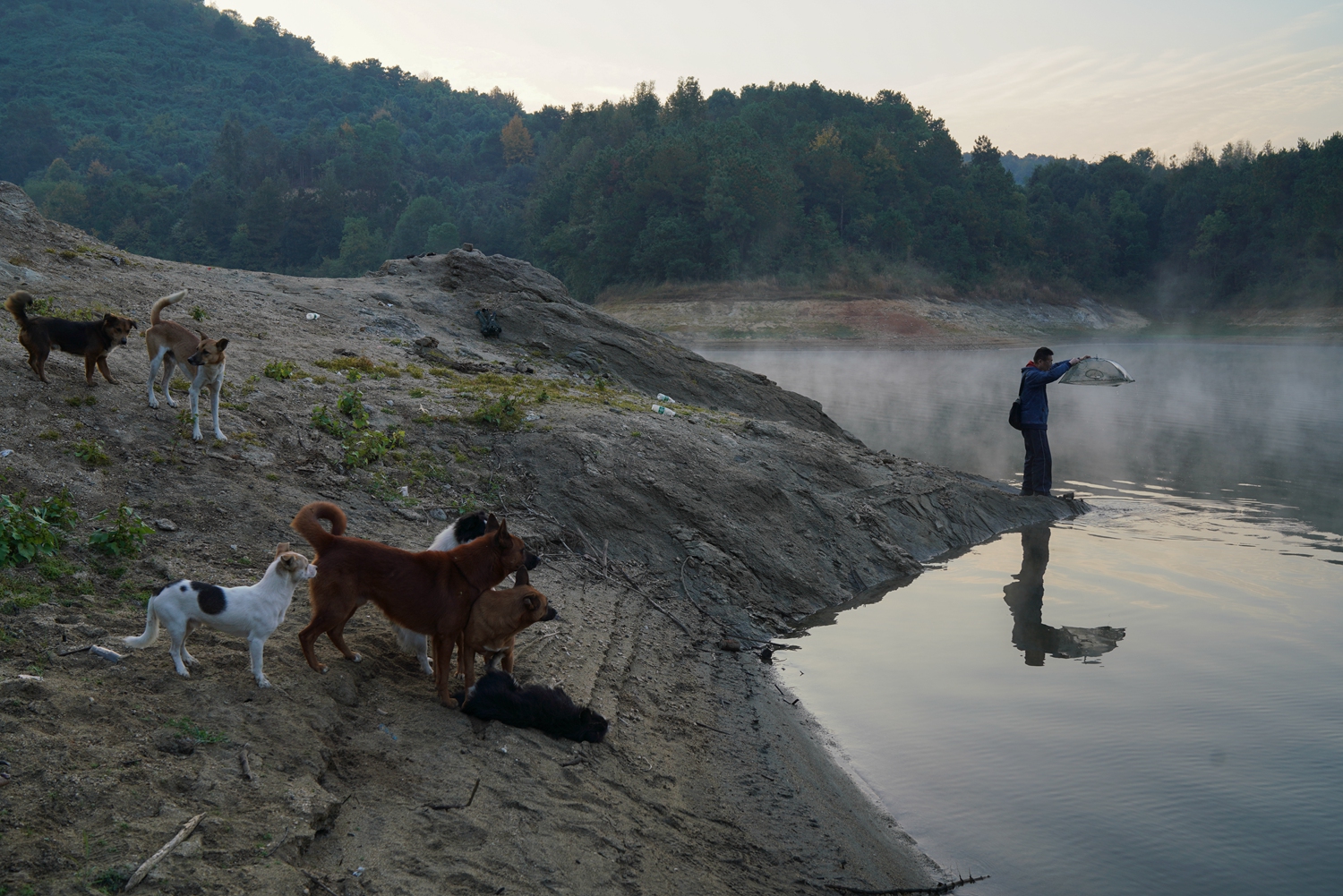
Image recognition is a popular research direction in the field of artificial intelligence. It allows computers to independently analyze, process and identify digital images, thus playing an important role in intelligent information processing, security and other fields.
Image recognition image recognItion Graphical stimulation acts on the sensory organs, and people recognize that it is an experienced graphic process. It is also called image re-recognition. In image recognition, there should be not only information that enters the senses at that time, but also information stored in memory.
Image recognition is a computer vision technology that can recognize objects in images and divide them into different categories. It uses image processing technologies, such as convolutional neural networks (CNN) and deep learning, to scan images, identify pixels, and classify them.
Image recognition refers to the technology of using computers to process, analyze and understand images to identify targets and objects of various different patterns. In general industrial use, industrial cameras are used to take pictures, and then the software is used for further identification according to the grayscale difference of the picture.
The meaning of image recognition is to realize the processing, analysis and understanding of images to identify various targets and objects. Face recognition technology can be used in scenarios such as security check, identity verification and mobile payment. Face recognition can improve security and facilitate users' authentication and payment.
It can realize the recognition and two-way communication of moving targets under high-speed motion in a specific area, such as V2V and V2I two-way communication, real-time transmission of images, voice and data information, etc.
Pedestrian and bicycle detection: Lidar can identify pedestriansAnd non-motorized vehicles such as bicycles can provide accurate perception data even in complex traffic environments. This is very important for intelligent traffic management and accident prevention in urban traffic scenarios.
Introduction to intelligent networked vehicles. At present, the mainstream sensor products applied to environmental perception mainly include four categories: lidar, millimeter-wave radar, ultrasonic radar and camera.
What are the roles of high-precision maps in the application of intelligent networked vehicles? The introduction is as follows: (1) Map matching depends more on its a priori information. ( 2) Auxiliary environmental perception provides effective auxiliary identification for the on-board environmental perception system.
As more and more high-definition video applications enter cars, such as ADAS, 360-degree panoramic parking systems and Blu-ray DVD playback systems, their transmission rates and bandwidth can no longer meet the needs.
Intelligent networked car driving path recognition objects include vehicles, pedestrians, traffic signs, traffic lights and lane markings. According to the relevant information of the query, the main perception objects of intelligent networked vehicles are vehicles, pedestrians, traffic signs, traffic lights and lane markings, among which vehicles and pedestrians are both in a moving state and a stationary state.
There are generally two deployment modes, one is "front-end intelligent analysis" and the other is "back-end intelligent analysis". Front-end intelligent analysis is inIntelligent analysis (equivalent to edge computing) is carried out inside the camera and the analysis results are pushed to the back-end. The advantages are low cost and convenient for large-scale deployment.
This kind of low-quality image/video is directly applied to face recognition comparison, and the recognition rate is very low.
II) Prominent intuitiveness. The basis used by face recognition technology is human facial images, and human faces are undoubtedly the most intuitive source of information that can be distinguished by the naked eye. "Degmenting people by appearance" is in line with human cognitive laws. At the same time, it is convenient for manual confirmation in the later stage, and has obvious advantages such as reuse. ( III) The identification speed is fast and not easy to be detected.
2 The method of the surface pattern template method is to store several standard surface image templates or facial image organ templates in the library. When comparing, all the sampled surface image elements are matched with all the templates in the library by normalized related measures.In addition, there is also a method of combining pattern-recognition self-related networks or features with templates.
Networked storage playback Networked video storage and retrieval playback are important features of network video surveillance systems.
Data shows that in recent years, the annual compound growth rate of the total demand of the domestic video surveillance market has reached more than 20%.
Food quality detection: The quality and composition of food can be detected and analyzed through image recognition technology, such as detecting the maturity of fruits, the fat content of meat, the freshness of vegetables, etc. .
Face recognition is widely used in automatic access control systems, identification of identity documents, banks, ATMs, home security and other fields.
Face recognition can be applied in the fields of finance, justice, military, public security, border inspection, government, aerospace, electricity, factories, education, medical care and many enterprises and institutions. With the further maturity of technology and the improvement of social identity, face recognition technology will be applied in more fields. Enterprise and residential safety and management.

*
How to simplify HS code selection-APP, download it now, new users will receive a novice gift pack.
Image recognition is a popular research direction in the field of artificial intelligence. It allows computers to independently analyze, process and identify digital images, thus playing an important role in intelligent information processing, security and other fields.
Image recognition image recognItion Graphical stimulation acts on the sensory organs, and people recognize that it is an experienced graphic process. It is also called image re-recognition. In image recognition, there should be not only information that enters the senses at that time, but also information stored in memory.
Image recognition is a computer vision technology that can recognize objects in images and divide them into different categories. It uses image processing technologies, such as convolutional neural networks (CNN) and deep learning, to scan images, identify pixels, and classify them.
Image recognition refers to the technology of using computers to process, analyze and understand images to identify targets and objects of various different patterns. In general industrial use, industrial cameras are used to take pictures, and then the software is used for further identification according to the grayscale difference of the picture.
The meaning of image recognition is to realize the processing, analysis and understanding of images to identify various targets and objects. Face recognition technology can be used in scenarios such as security check, identity verification and mobile payment. Face recognition can improve security and facilitate users' authentication and payment.
It can realize the recognition and two-way communication of moving targets under high-speed motion in a specific area, such as V2V and V2I two-way communication, real-time transmission of images, voice and data information, etc.
Pedestrian and bicycle detection: Lidar can identify pedestriansAnd non-motorized vehicles such as bicycles can provide accurate perception data even in complex traffic environments. This is very important for intelligent traffic management and accident prevention in urban traffic scenarios.
Introduction to intelligent networked vehicles. At present, the mainstream sensor products applied to environmental perception mainly include four categories: lidar, millimeter-wave radar, ultrasonic radar and camera.
What are the roles of high-precision maps in the application of intelligent networked vehicles? The introduction is as follows: (1) Map matching depends more on its a priori information. ( 2) Auxiliary environmental perception provides effective auxiliary identification for the on-board environmental perception system.
As more and more high-definition video applications enter cars, such as ADAS, 360-degree panoramic parking systems and Blu-ray DVD playback systems, their transmission rates and bandwidth can no longer meet the needs.
Intelligent networked car driving path recognition objects include vehicles, pedestrians, traffic signs, traffic lights and lane markings. According to the relevant information of the query, the main perception objects of intelligent networked vehicles are vehicles, pedestrians, traffic signs, traffic lights and lane markings, among which vehicles and pedestrians are both in a moving state and a stationary state.
There are generally two deployment modes, one is "front-end intelligent analysis" and the other is "back-end intelligent analysis". Front-end intelligent analysis is inIntelligent analysis (equivalent to edge computing) is carried out inside the camera and the analysis results are pushed to the back-end. The advantages are low cost and convenient for large-scale deployment.
This kind of low-quality image/video is directly applied to face recognition comparison, and the recognition rate is very low.
II) Prominent intuitiveness. The basis used by face recognition technology is human facial images, and human faces are undoubtedly the most intuitive source of information that can be distinguished by the naked eye. "Degmenting people by appearance" is in line with human cognitive laws. At the same time, it is convenient for manual confirmation in the later stage, and has obvious advantages such as reuse. ( III) The identification speed is fast and not easy to be detected.
2 The method of the surface pattern template method is to store several standard surface image templates or facial image organ templates in the library. When comparing, all the sampled surface image elements are matched with all the templates in the library by normalized related measures.In addition, there is also a method of combining pattern-recognition self-related networks or features with templates.
Networked storage playback Networked video storage and retrieval playback are important features of network video surveillance systems.
Data shows that in recent years, the annual compound growth rate of the total demand of the domestic video surveillance market has reached more than 20%.
Food quality detection: The quality and composition of food can be detected and analyzed through image recognition technology, such as detecting the maturity of fruits, the fat content of meat, the freshness of vegetables, etc. .
Face recognition is widely used in automatic access control systems, identification of identity documents, banks, ATMs, home security and other fields.
Face recognition can be applied in the fields of finance, justice, military, public security, border inspection, government, aerospace, electricity, factories, education, medical care and many enterprises and institutions. With the further maturity of technology and the improvement of social identity, face recognition technology will be applied in more fields. Enterprise and residential safety and management.

*
Trade data for chemical imports
author: 2024-12-24 02:16HS code-based re-exports in free zones
author: 2024-12-24 01:55International trade KPI tracking
author: 2024-12-24 01:06HS code integration with digital customs forms
author: 2024-12-24 00:32HS code automotive parts mapping
author: 2024-12-24 02:57Apparel HS code mapping for global exports
author: 2024-12-24 02:03International procurement intelligence
author: 2024-12-24 01:50Value-added exports by HS code
author: 2024-12-24 01:14Processed foods HS code mapping
author: 2024-12-24 01:08 High-value electronics HS code checks
High-value electronics HS code checks
945.16MB
Check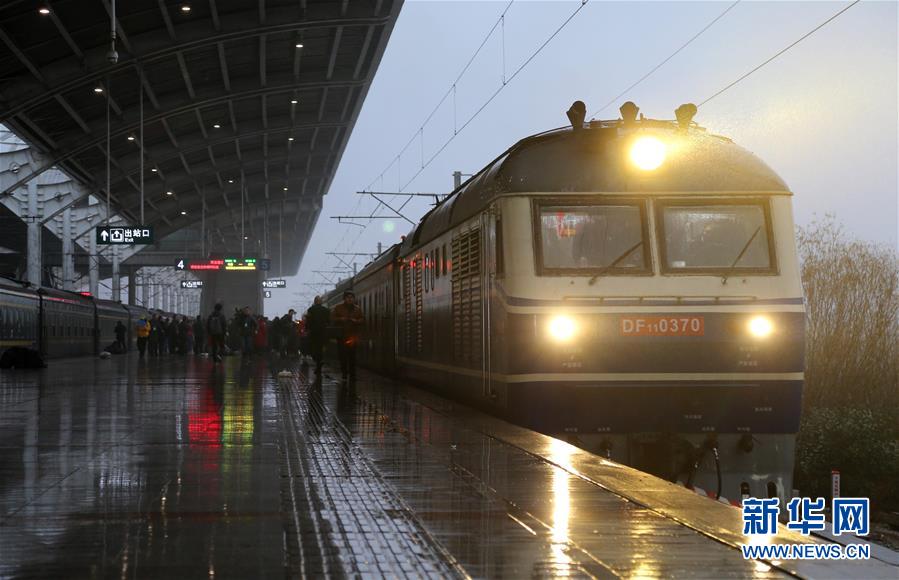 Maritime insurance via HS code data
Maritime insurance via HS code data
284.81MB
Check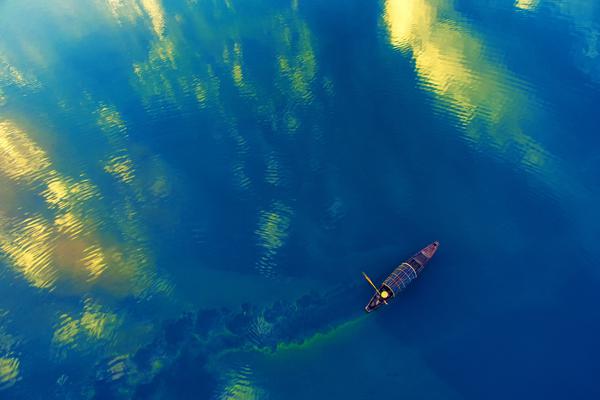 Comparative trade route analysis
Comparative trade route analysis
922.24MB
Check FMCG sector HS code analysis
FMCG sector HS code analysis
337.49MB
Check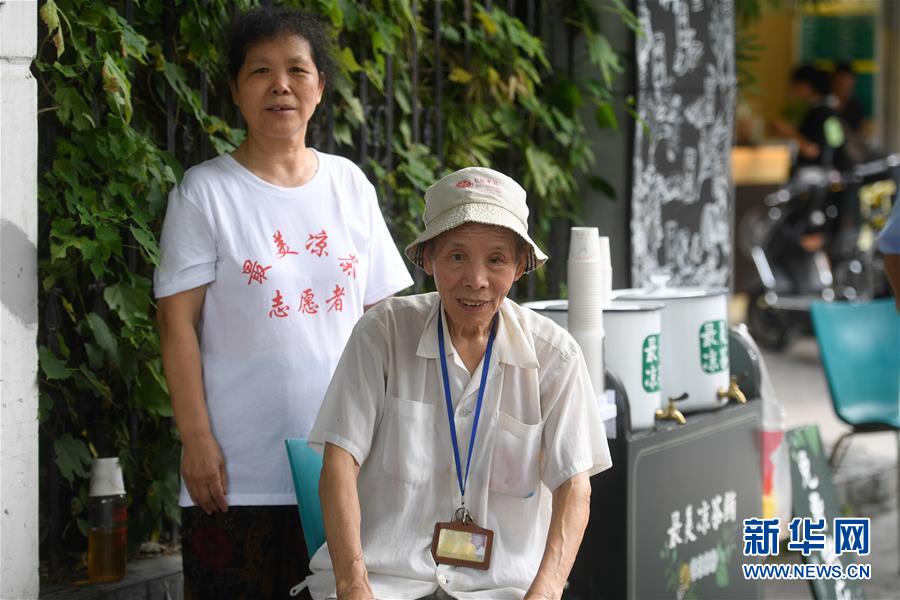 How to interpret complex trade patterns
How to interpret complex trade patterns
141.93MB
Check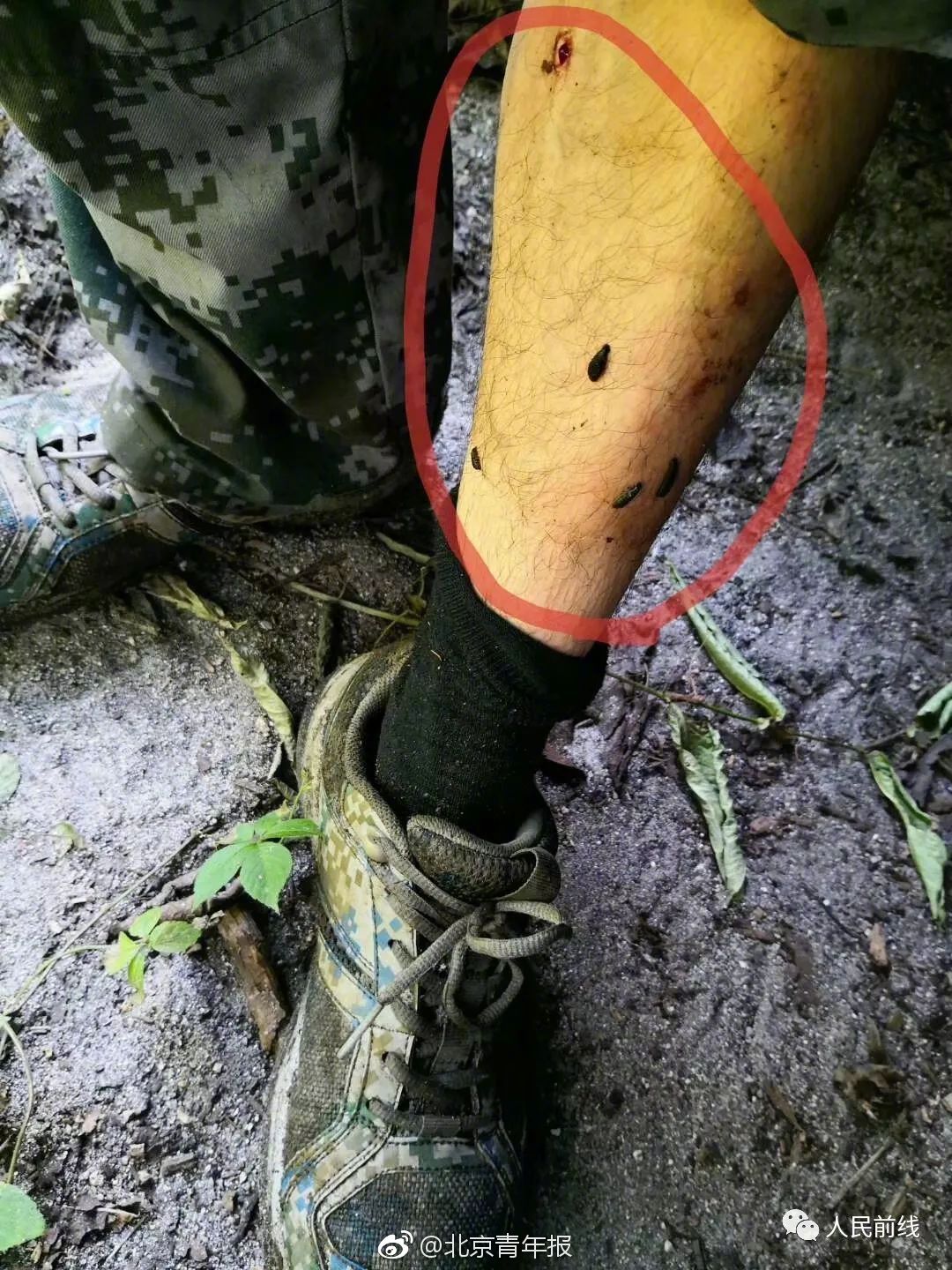 Jewelry trade HS code references
Jewelry trade HS code references
247.35MB
Check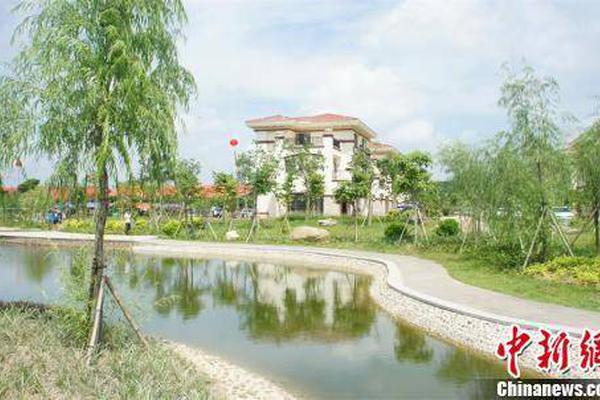 Middle East trade compliance platform
Middle East trade compliance platform
795.46MB
Check Granular HS code detail for compliance officers
Granular HS code detail for compliance officers
865.91MB
Check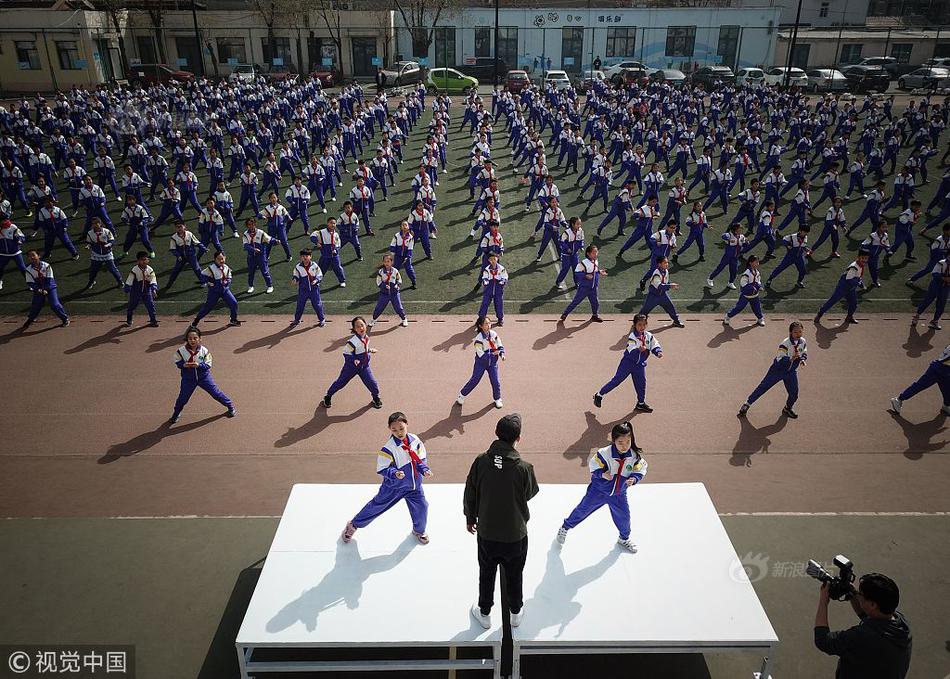 Pet feed HS code verification
Pet feed HS code verification
824.17MB
Check Raw materials HS code intelligence
Raw materials HS code intelligence
479.82MB
Check HS code consulting for exporters
HS code consulting for exporters
734.12MB
Check Import risk analysis metrics
Import risk analysis metrics
894.28MB
Check Packaging industry HS code references
Packaging industry HS code references
471.95MB
Check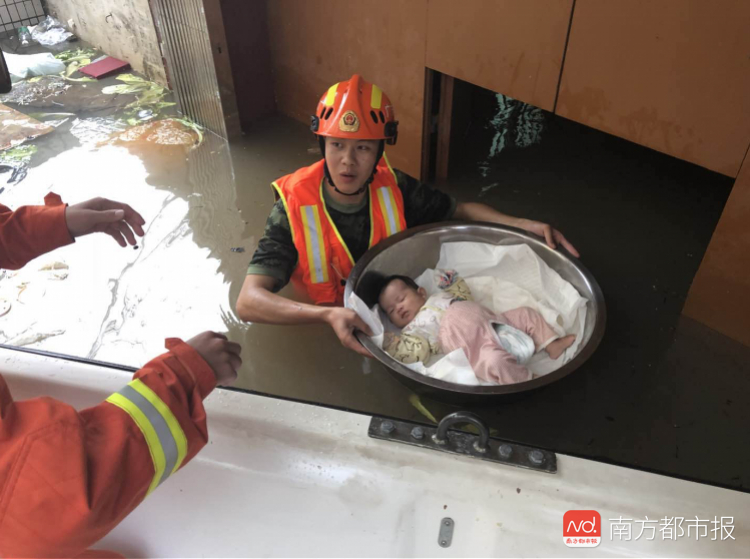 Pharmaceutical HS code compliance in India
Pharmaceutical HS code compliance in India
726.17MB
Check Apparel import export statistics
Apparel import export statistics
789.84MB
Check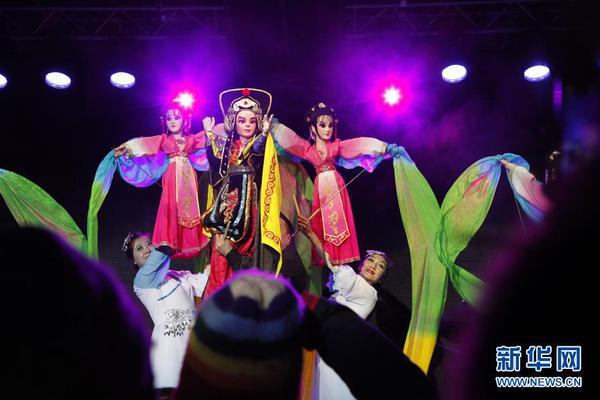 Predictive models for trade demand
Predictive models for trade demand
385.85MB
Check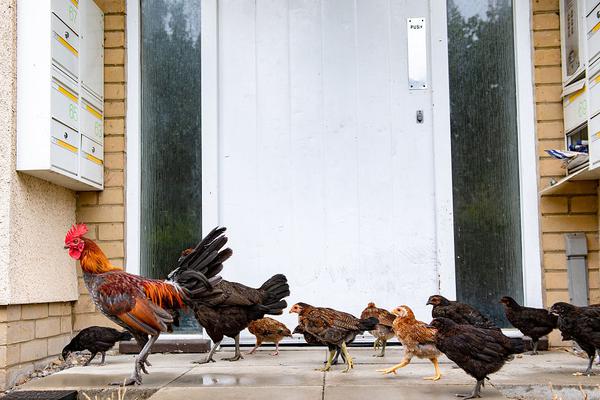 Tariff reduction opportunity analysis
Tariff reduction opportunity analysis
387.79MB
Check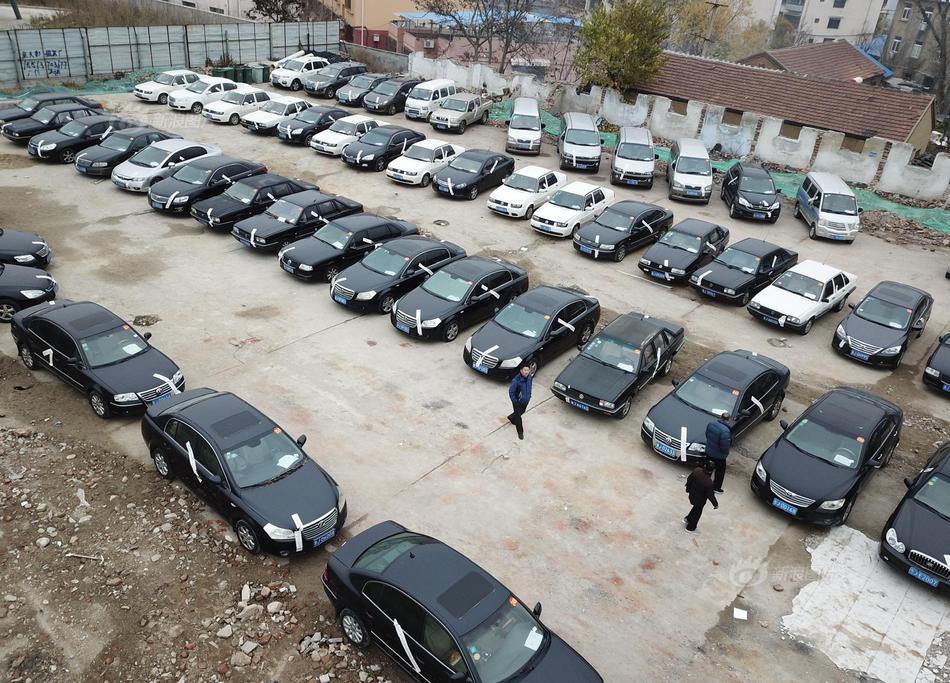 USA trade data analysis
USA trade data analysis
277.48MB
Check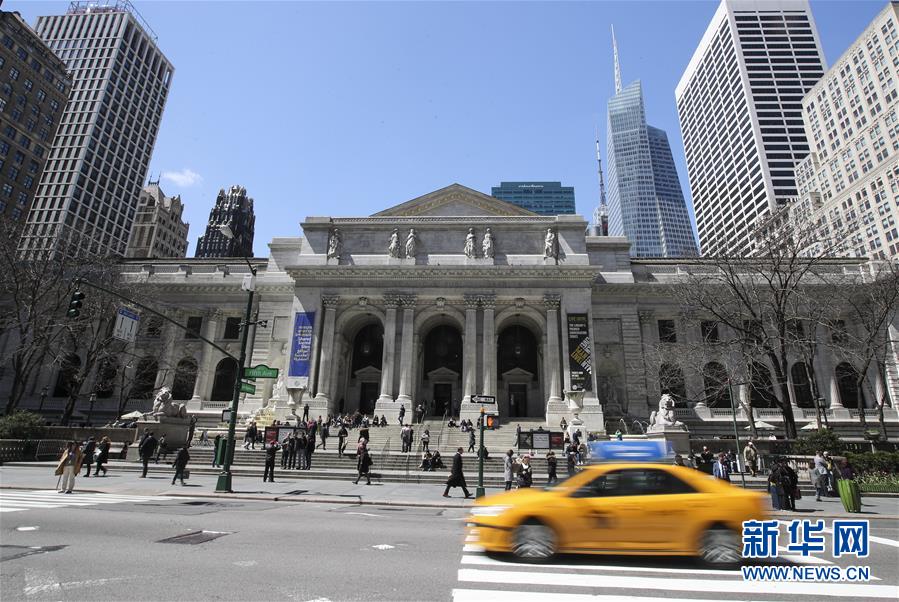 HS code strategy for African trade lanes
HS code strategy for African trade lanes
151.22MB
Check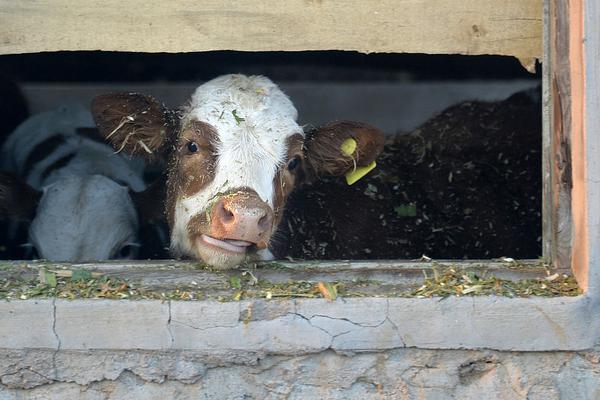 Latin America trade data insights
Latin America trade data insights
971.11MB
Check How to use data for HS code classification
How to use data for HS code classification
223.57MB
Check Trade compliance automation tools
Trade compliance automation tools
169.59MB
Check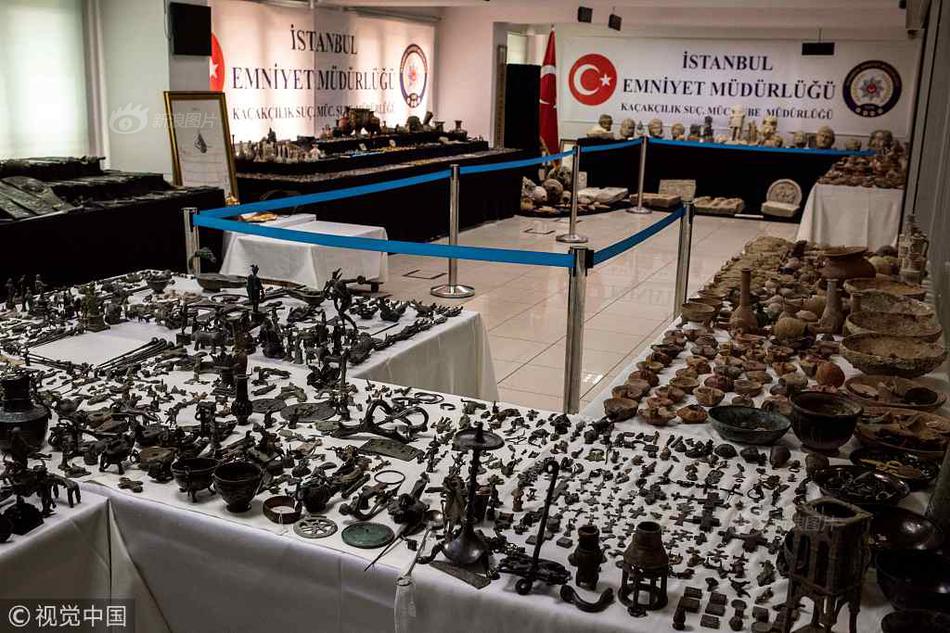 Raw leather HS code references
Raw leather HS code references
156.33MB
Check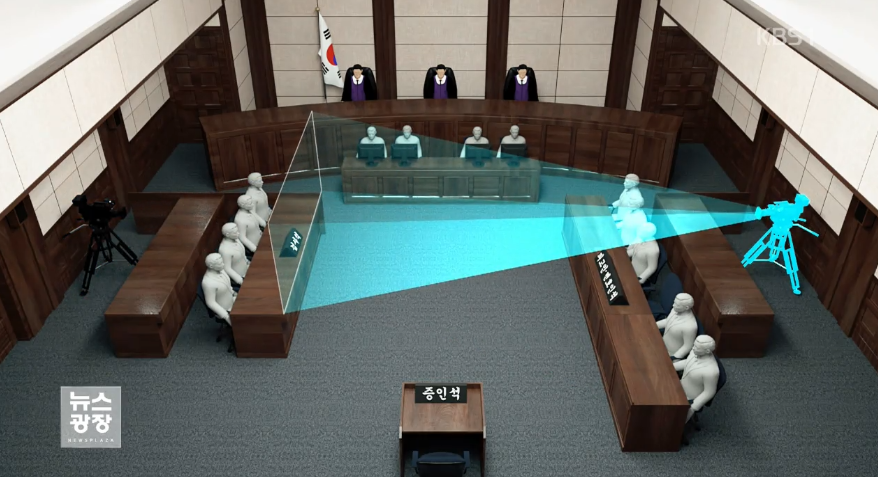 Raw leather HS code references
Raw leather HS code references
324.67MB
Check HS code-based customs dispute resolution
HS code-based customs dispute resolution
527.33MB
Check How to forecast trade demand spikes
How to forecast trade demand spikes
915.18MB
Check Renewable energy equipment HS code mapping
Renewable energy equipment HS code mapping
821.72MB
Check Data-driven trade partner selection
Data-driven trade partner selection
475.68MB
Check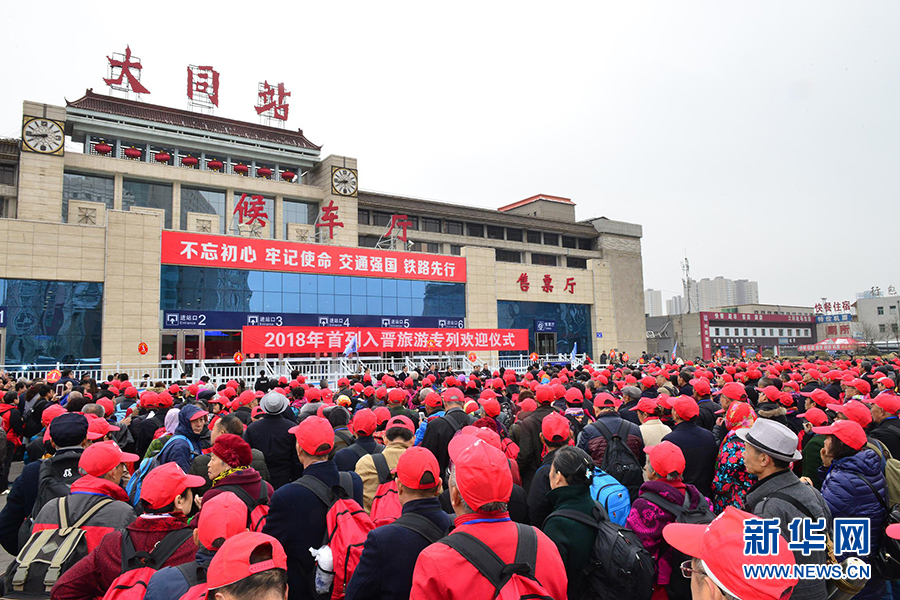 global shipment tracking
global shipment tracking
479.82MB
Check HS code mapping to trade agreements
HS code mapping to trade agreements
445.71MB
Check Global trade data for PESTEL analysis
Global trade data for PESTEL analysis
547.82MB
Check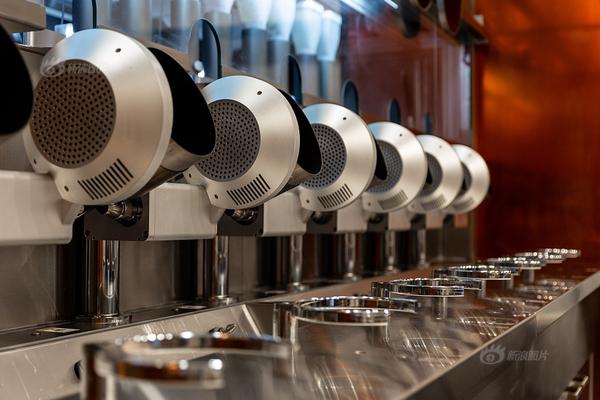 Trade data for metal commodities
Trade data for metal commodities
798.89MB
Check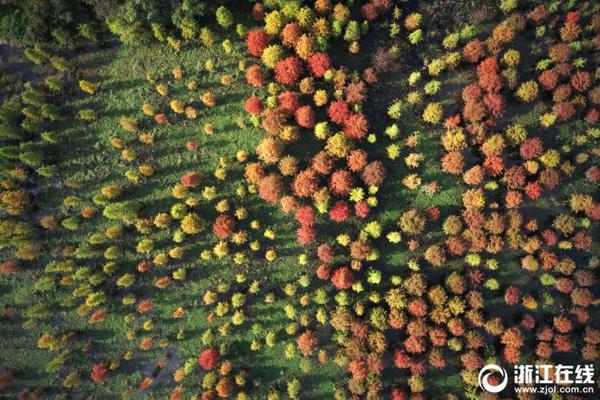 How to interpret bill of lading data
How to interpret bill of lading data
267.94MB
Check Agriculture trade by HS code in Africa
Agriculture trade by HS code in Africa
183.15MB
Check UK trade data management software
UK trade data management software
694.74MB
Check HS code-based negotiation with suppliers
HS code-based negotiation with suppliers
148.59MB
Check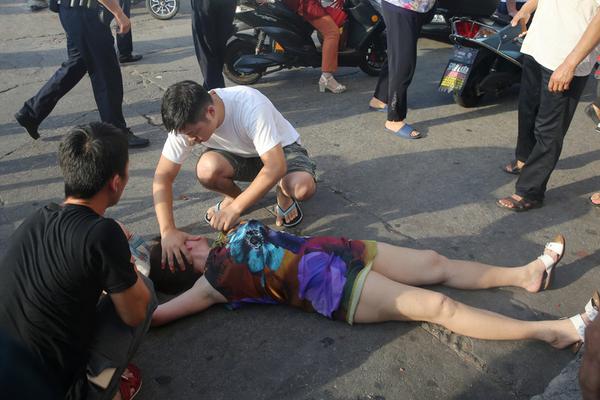
Scan to install
How to simplify HS code selection to discover more
Netizen comments More
1012 Food additives HS code classification
2024-12-24 02:44 recommend
777 How to enhance supplier collaboration
2024-12-24 01:38 recommend
1344 European Union HS code verification
2024-12-24 01:30 recommend
2455 How to track compliance breaches
2024-12-24 01:29 recommend
2497 Country-specific HS code duty reclaims
2024-12-24 00:30 recommend